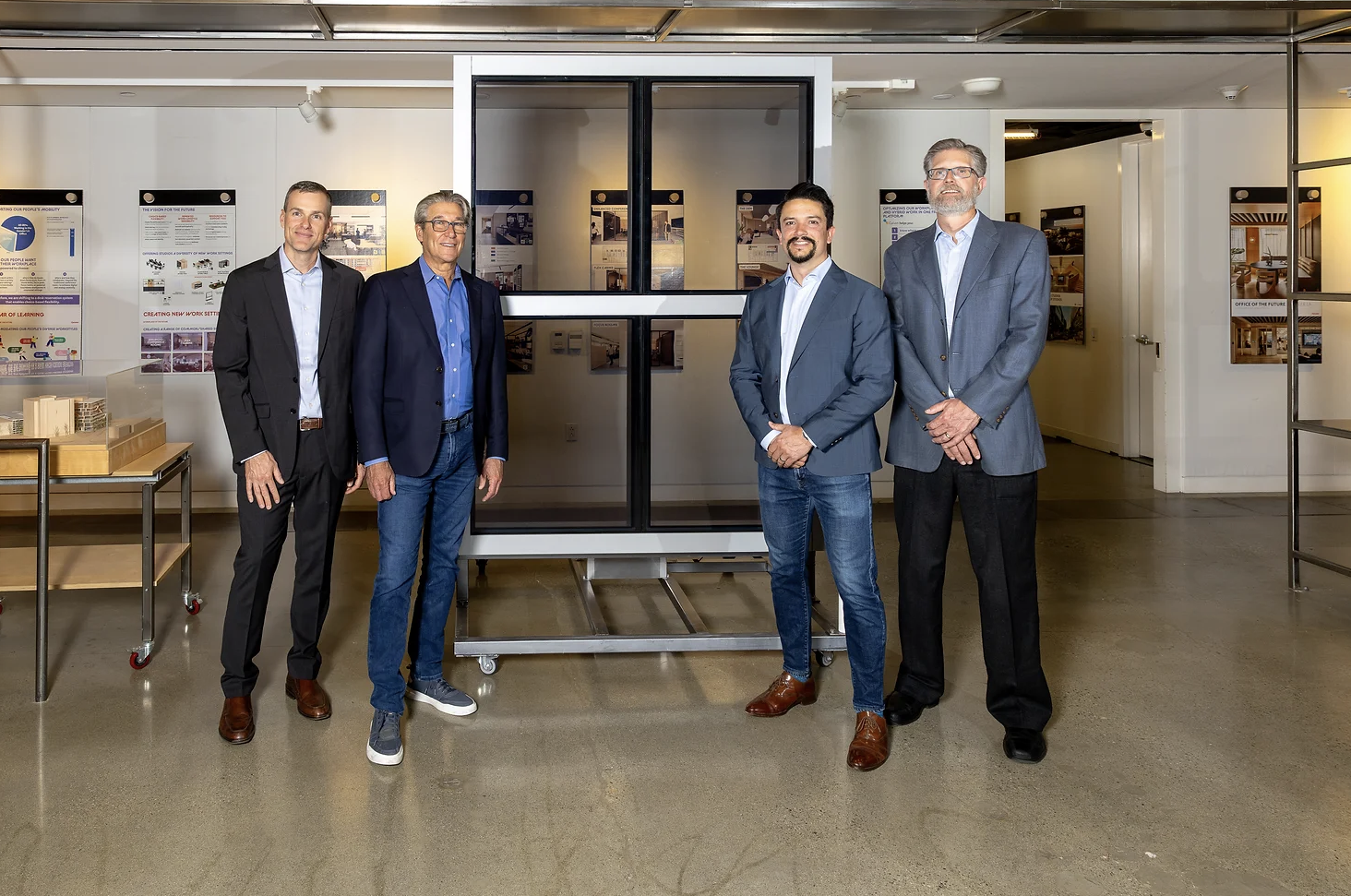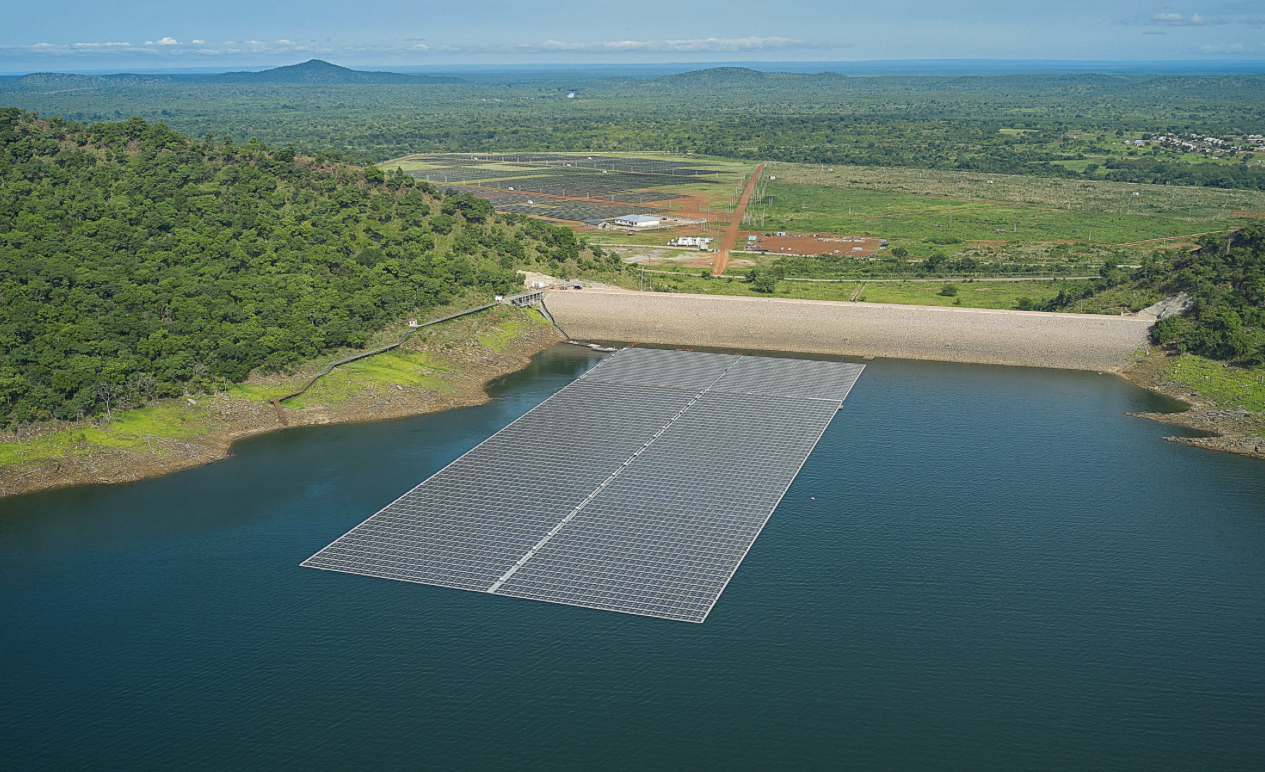The World Bank’s Accountability System Must Reform: Experts Map Out How


The World Bank Group headquarters in Washington, D.C. (Image: ajay_suresh/Wikimedia Commons)
The World Bank marked its 80th anniversary last month, and while a lot has changed in the past eight decades, one aspect of the institution remains the same: its resistance to being held accountable. Past and current World Bank-funded projects displaced people, destroyed livelihoods, polluted water, harmed biodiversity and exacerbated sexual exploitation, among other harms. Even though harm to people and the planet is a known outcome of some of its projects, the World Bank does not routinely acknowledge or redress it.
Instead, it falls on brave human rights and environmental defenders to raise the alarm, demand justice and convince the bank to be accountable. That shouldn’t be the norm. And right now, there is an opportunity to finally change course. The World Bank’s board can empower the institution’s accountability mechanism to identify and redress environmental and human rights harm.
The World Bank has an institutional channel — albeit a flawed one — for hearing from people harmed by its projects, which is called the independent accountability mechanism. Created by its board in 1993 in response to people demanding accountability, the World Bank’s Inspection Panel investigates allegations of non-compliance with its own environmental and social policies.
The panel’s creation was a groundbreaking development that other development finance institutions have since replicated. And over the past 31 years, the Inspection Panel published multiple investigation reports confirming the concerns raised by communities globally.
Despite its successes and incremental changes made to the panel over the years — including the creation of a mediated dispute resolution process for impacted communities and implementing agencies — the World Bank’s accountability mechanism was never given the mandate to fully hold the organization responsible for the impacts of its projects or deliver remedies to address harm. The mandate is woefully behind its peers at other development finance institutions. That’s something the bank should be ashamed of, because it means that the organization knows there are better ways to ensure projects do not harm the environment or infringe upon human rights yet is unwilling to act.
The ways in which the World Bank has hindered its own accountability mechanism are myriad: The panel needs the board’s approval before it can begin an investigation, communities filing cases are not permitted the counsel of their choosing, communities have to consider a dialogue with the Dispute Resolution Service before an investigation, and the panel can’t even recommend remedial actions or monitor how the bank responds to its investigation findings, among others.
The shortcomings of the World Bank’s accountability mechanism are not theoretical. They limit communities’ access to justice and undermine the credibility of the bank. For example, the panel could not monitor the actions taken by the bank after an investigation confirmed harm caused by an energy project in Nepal. Bank management was able to misrepresent the level of communities’ consent to ongoing project construction and the nature of government intimidation and violence toward the communities.
We demand that this changes now. The World Bank’s accountability mechanism should be best-in-class and truly have the mandate to underpin the bank’s ambitions to become bigger and better.
Last month, a team of experts published a Draft Report and Recommendations for the World Bank’s board based on a review of the effectiveness of the bank’s accountability mechanism and asked for the public’s feedback. The terms of that review were limited and imperfect, but the report recommends multiple important improvements to the World Bank’s accountability mechanism. Civil society organizations provided detailed feedback based on our experience advocating alongside local communities demanding justice. Several key improvements are needed for the World Bank’s accountability infrastructure to truly be effective.
The structure of the accountability process must facilitate justice. The structure of the accountability mechanism hinders its effectiveness and is confusing to affected communities trying to understand what to expect from the case process. As discussed in the review report, a near-term solution is to separate the Inspection Panel from the Dispute Resolution Service and ensure that both have the necessary resources to do their work.
The entire accountability process should be accessible to impacted communities. Barriers to accessing the accountability process should be removed, including prohibiting individuals from raising complaints and restrictions on communities’ choice of representation. Importantly, communities must have the ability to choose how they want their concerns addressed, whether through a compliance investigation, a dispute resolution process or both.
Findings of noncompliance should always be addressed. The World Bank should be obligated to rectify and remediate harm related to any non-compliance the Inspection Panel finds during an investigation. To facilitate that, the panel should be given the power to recommend ways for the bank to course-correct. And the panel should always monitor the implementation of the bank’s remedial efforts to ensure they are actually accomplished.
The outcomes of the accountability mechanism’s dispute resolution processes should be published and transparently monitored. Reaching an agreement to address community grievances is just one step in ensuring justice. Because of the stark power imbalances between the parties, the bank’s borrowers can all too easily back out of commitments without transparency and effective monitoring of the agreement’s implementation. The accountability mechanism should publish the specific outcomes of its mediation process so that expectations are clear. It should then monitor and report publicly on implementation.
The World Bank knows its projects cause serious human rights and environmental harms that undermine its mission. It should want to hear about mistakes and rectify them to ensure its financing meets the mark and the bank can be trusted by the people it claims to serve. A critical way to do that is by making sure the people suffering have a fair and accessible way to raise issues and have harm addressed. For that to be true, the World Bank’s Inspection Panel and overarching accountability mechanism must be empowered to truly hold the institution to account. An 80th anniversary seems as good a time as any to chart a new course of accountability.






























